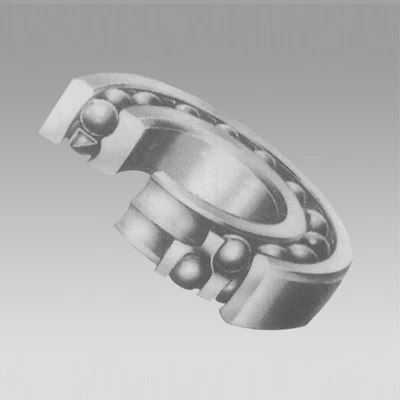
Nov . 15, 2024 02:47 Back to list
deep groove ball bearing are used for
Understanding Deep Groove Ball Bearings Applications and Benefits
Deep groove ball bearings are one of the most widely used types of rolling bearings, renowned for their versatility and reliability. These bearings feature a deep raceway groove, allowing them to support both radial and axial loads, making them suitable for various applications across different industries. In this article, we will delve into the characteristics, advantages, and specific applications of deep groove ball bearings.
Characteristics of Deep Groove Ball Bearings
The design of deep groove ball bearings is essential to their performance. They typically consist of an outer ring, an inner ring, a set of balls, and a cage that holds the balls in position. The deep raceway grooves in both the outer and inner rings enable these bearings to handle not only radial loads (perpendicular to the shaft) but also axial loads (along the shaft). This dual capability sets them apart from other bearing types, making them a popular choice for various machinery and equipment.
Another notable aspect of deep groove ball bearings is their simplicity. They require minimal maintenance and can be easily installed in a range of orientations and applications. Moreover, they are available in various sizes and designs, including sealed and shielded variants, which offer additional protection against contaminants and lubrication loss.
Advantages of Deep Groove Ball Bearings
1. Versatility One of the most significant advantages of deep groove ball bearings is their versatility. They are suitable for applications requiring both radial and axial load support, making them ideal for dynamic and static conditions.
2. High Speed Capability These bearings can operate at high speeds due to their low friction characteristics. The design minimizes heat generation, allowing for efficient operation in high-speed machinery.
3. Durability and Longevity Deep groove ball bearings are constructed to withstand wear and tear, providing long service life even in harsh operating conditions. This durability translates to reduced downtime and maintenance costs.
4. Cost-Effectiveness Given their wide availability and mass production, deep groove ball bearings are cost-effective solutions for many applications, making them an attractive option for manufacturers and engineering projects.
deep groove ball bearing are used for

Applications in Industry
Deep groove ball bearings are utilized in a multitude of applications across diverse industries due to their adaptability and reliability
1. Automotive In the automotive sector, these bearings are commonly found in engines, transmissions, wheel hubs, and alternators. Their ability to handle both radial and axial loads is essential for the varying stresses encountered in vehicle operation.
2. Electronics Consumers and industrial electronics also depend on deep groove ball bearings for spinning components such as motors in fans, hard drives, and other rotating devices. Their silent operation and high-speed capability are crucial for performance.
3. Construction and Mining Equipment Heavy machinery and equipment used in construction and mining frequently incorporate deep groove ball bearings due to their capability to handle heavy loads and their robustness in challenging environments.
4. Home Appliances Many household appliances like refrigerators, washing machines, and vacuum cleaners use deep groove ball bearings. Their reliability ensures those devices function efficiently and quietly.
5. Industrial Machinery In manufacturing, deep groove ball bearings are prevalent in conveyor systems, pumps, and HVAC systems, where both radial and axial loads are present.
Conclusion
Deep groove ball bearings play an essential role in modern engineering and technology. Their unique design, coupled with their high versatility and reliability, makes them indispensable across numerous industries. From automotive to electronics and beyond, the applications of these bearings are vast and varied. As industries continue to evolve, the importance of deep groove ball bearings in ensuring efficient, durable, and cost-effective operations will undoubtedly increase, solidifying their place in the future of engineering design and manufacturing.
Latest news
-
Durable Greenhouse Pillow Block Bearings for Reliable Ventilation
NewsAug.31,2025
-
Spherical Roller Bearings Applications: Heavy Duty, Self-Aligning
NewsAug.30,2025
-
Premium Deep Groove Ball Bearings | High Speed & Reliability
NewsAug.29,2025
-
Durable Scaffolding Clamps - Secure & Reliable Tube Connectors
NewsAug.28,2025
-
Common Failures in Thrust Ball Bearings and Solutions
NewsAug.22,2025
-
How Tapered Roller Bearings Can Take Shock Loads
NewsAug.22,2025
